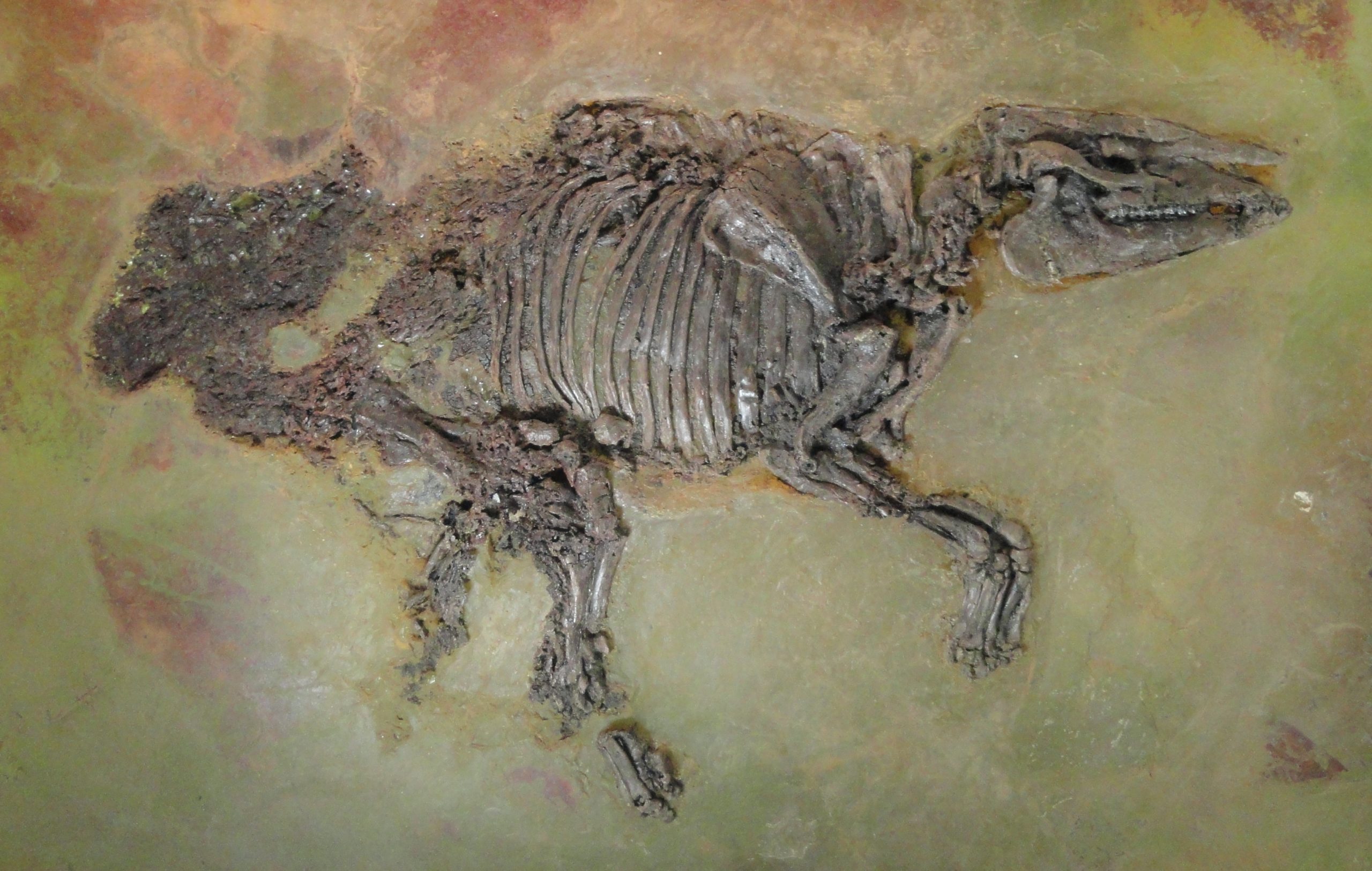Researchers have described two previously unknown mammals based on fossil remains unearthed in Spain. They were horse precursors that would’ve enjoyed the subtropical temperatures in what is now Basque country.
The animals are paleotheres, relatives of horses that were trotting around Earth 37 million years ago, when Europe was an archipelago and the climate was much warmer. This was the Eocene, the time period following the Cretaceous. During the Eocone, mammals diversified more without the threat of dinosaurs looming over their shoulders, and some of that diversification meant the beginning of the paleotheres, a group of odd-toed ungulates. This creature crew — which today includes zebras, rhinos, donkeys, and horses — had an entirely different cast of characters during the Eocene. Two of them now known to science are Leptolophus cuestai and Leptolophus franzeni, named in research recently published in the Journal of Vertebrate Paleontology.
“Imagine animals similar to horses with three toes, the size of a fox terrier, a Great Dane and a donkey living in a subtropical landscape,” said Ainara Badiola, a palaeontologist at the Universidad del País Vasco and a co-author of the study, in a University of the Basque Country press release. “Many of these pseudo-horses have been described at the Zambrana site.”

The fossil site in Zambrana has previously turned up other Eocene mammals, including rodents, marsupials, and even primates. Among this bevy of beasts were the paleotheres, called pseudo-horses because they’re a lot like extant equines but belong to a different taxonomic family than primitive horses. Like other paleotheres, the newly identified species were smaller than modern horses and had peculiar teeth, even among their ancient brethren.
“Their molars have a very high crown and are covered with a thick layer of cementum,” said Leire Perales-Gogenola, also a palaeontologist at the Universidad del País Vasco and the study’s lead author, in the same release. “This type of dentition, also present in other endemic Iberian palaeotheriidae, could be indicative of a difference in environmental conditions between the Iberian and Central European areas, with more arid conditions or less dense or closed forests and the presence of more open areas in Iberia.”
The teeth of L. cuestai, one of the new species, had crowns similar to those of modern horses, indicating they ate grass. But the researchers haven’t finished the analysis of the paleothere remains they’ve found at the site, so more is sure to come on these peculiar, miniature relatives of the horse.
